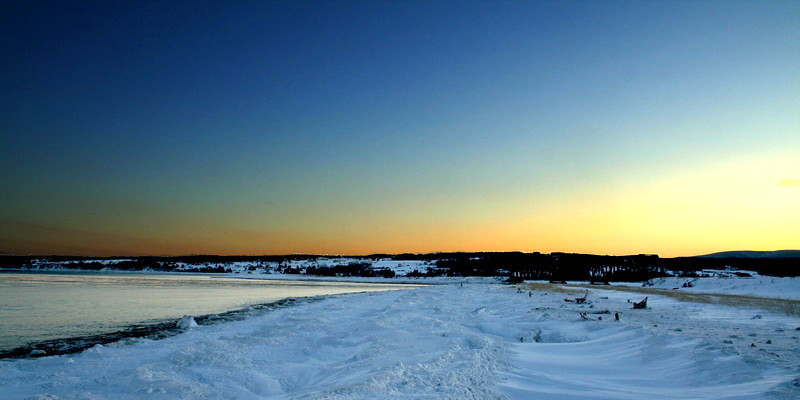
Some things create barriers to your seamless landscaping plan, including utility boxes, old nicely pipes and outdoor air-conditioning units. You can’t move all the eyesores, but it is likely to camouflage them using plants. The magnitude of the barrier helps determine which kind of plant might work best to hide it. Call 811 before you dig holes to get your plants so the utility companies can mark their underground lines on your yard to be certain you don’t accidentally cut.
Bushes
Bushes frequently function as hedges between lawns or to frame other landscaping in flowerbeds beside the home, but they also mask barriers without seeming out of place. Choose shrubs which coordinate with other plants in the area. If the eyesore stays in a place awash with color, a deep evergreen bush won’t conflict with any of the colors, even when they change across. Boxwoods (Buxus spp.) , by way of instance, which grow in U.S. Department of Agriculture plant hardiness zones 6 through 8, have little, deep green leaves annually. To add more visual interest, try a bush with a variegated leaf, such as Japanese pittosporum (Pittosporum tobira), which rises in USDA zones 9 through 11. Some shrubs create showy flowers, such as weeping forsythia (Forsythia suspensa), which rises in USDA zones 5 through 8 and blooms in late winter or early spring.
Vines
Not every hurdle lends itself to climbing vines like a power or drop pole might. But installing a trellis, or several trellises created to surround the barrier, can change that. Think creatively using the trellises, choosing from various materials including metal and wood. Some vines offer coverage annually, while some die back in the winter. Clematis (Clematis spp.) Grows in USDA zones 4 through 11, depending on the number, and also you are able to come across cultivars with different flower forms, though some species and cultivars are deciduous. Vining annuals, such as sweet pea (Lathyrus odoratus), mean you can change how in which the lattice looks annually.
Flowers
For smaller barriers, putting flowers around the perimeter is a tasteful way to focus attention away from the eyesores. The flowers have to be tall enough and have enough leaves to supply a screen — short, stumpy flowers won’t get the job done. Purple coneflower (Echinacea purpurea), by way of instance, rises in USDA zones 3 through 8 and can reach heights of 6 ft with spreads of up to 3 feet. Day lilies (Hemerocallis spp.) Provide pops of color in USDA zones 3 through 10, depending on the number, and can develop nearly two feet tall using the exact same spread.
Other Thoughts
Larger obstacles might require plants which grow taller than shrubs. Trees, such as “Blue Point” juniper (Juniperus chinensis “Blue Point”), which rises in USDA zones 4 through 9, tops out at about 12 feet tall. Ornamental grasses work well for smaller obstacles. Cape rush (Chondropetalum tectorum), as an instance, provides coverage annually in USDA zones 8 through 10.